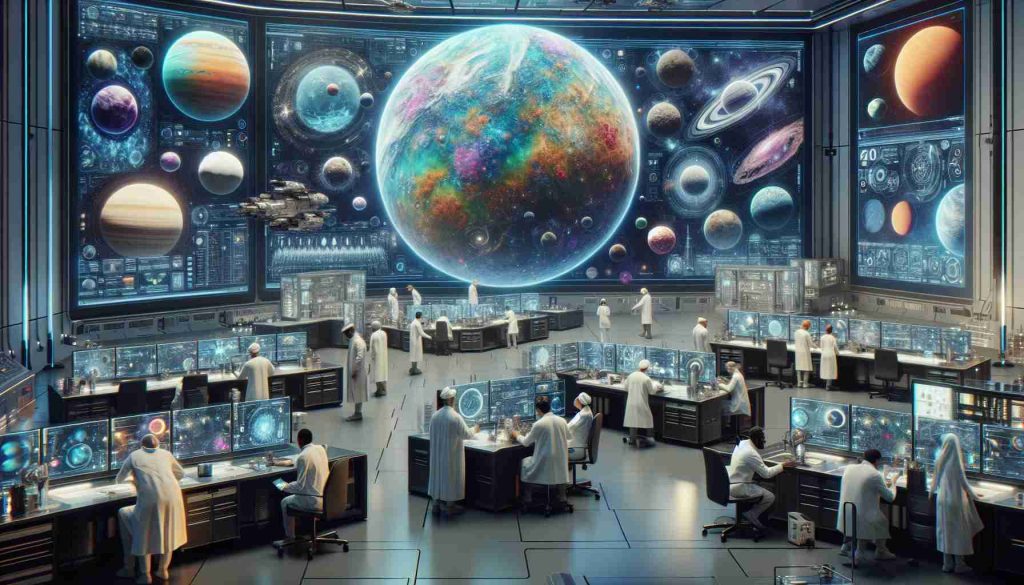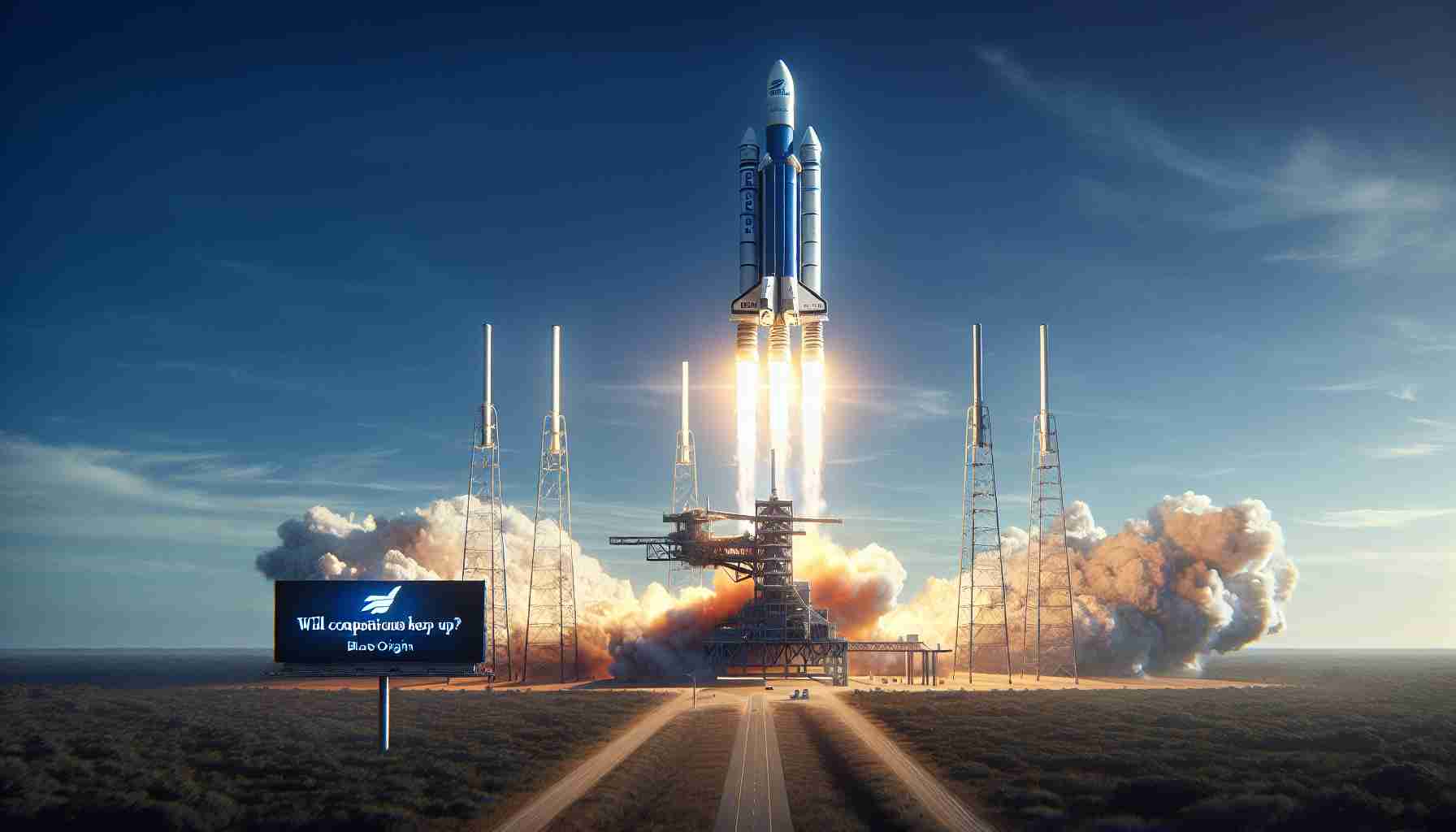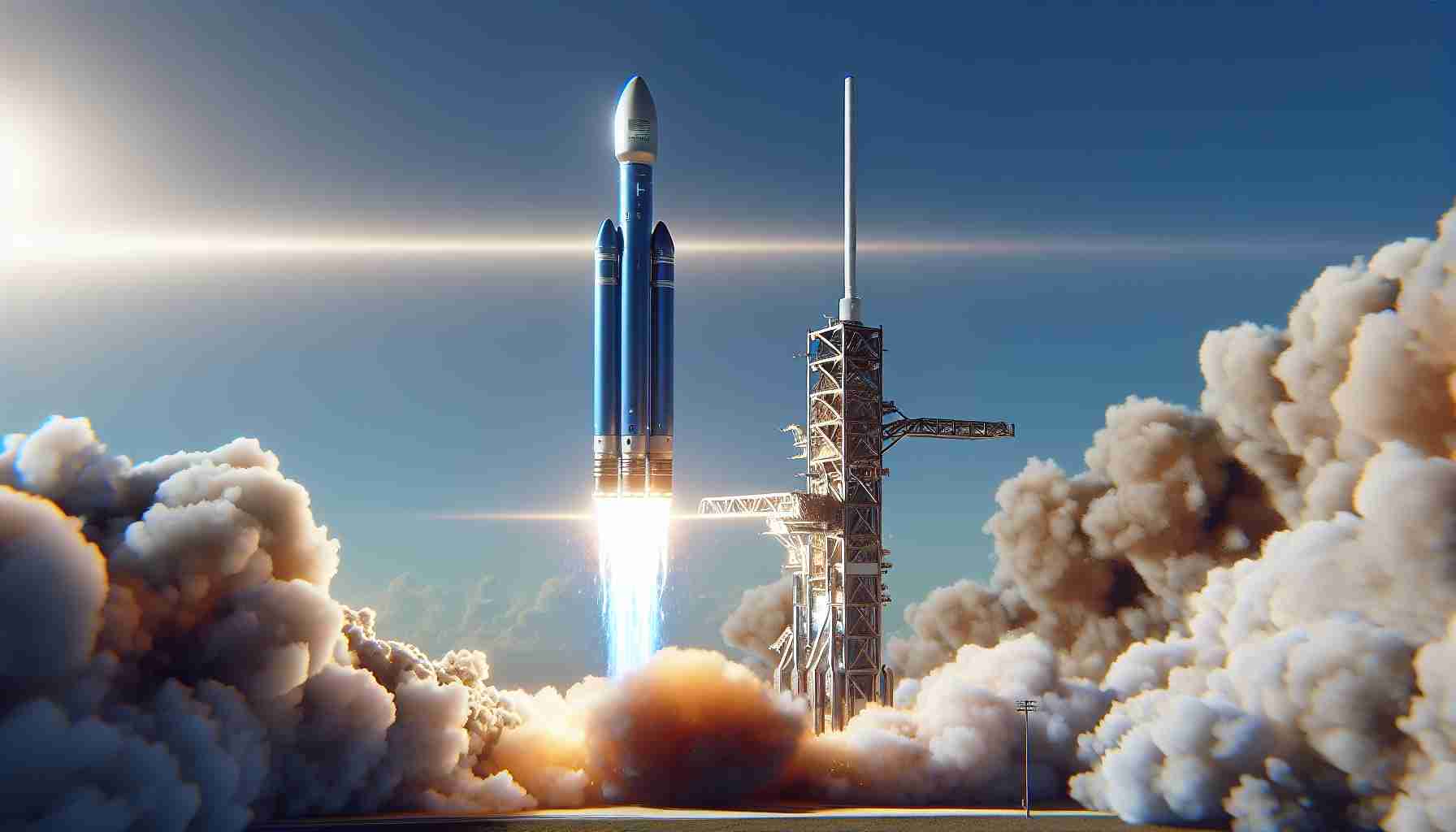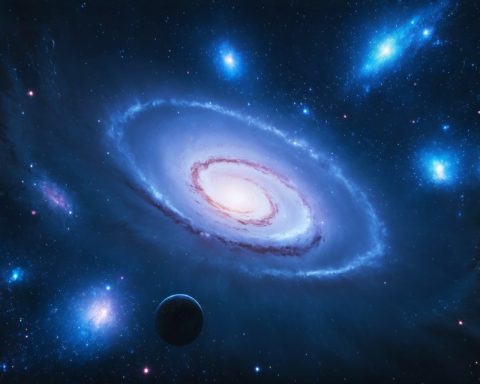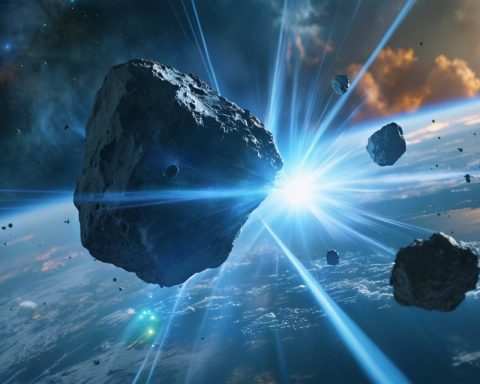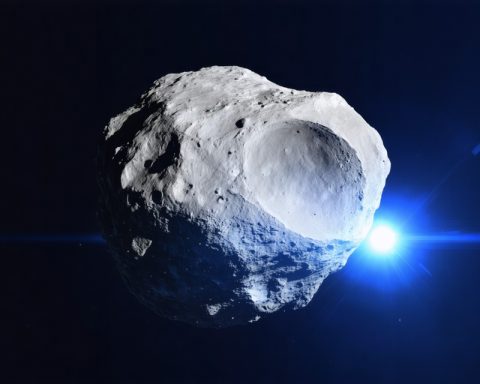Gaia’s Journey Through the Milky Way: A Stunning Conclusion
The European Space Agency’s Gaia spacecraft is wrapping up its incredible mission, which began in 2013, focusing on mapping our galaxy with groundbreaking precision. This iconic top-hat-shaped spacecraft has meticulously charted the cosmos, generating a detailed three-dimensional map of more than two billion stars.
As Gaia approaches the end of its mission, its fuel reserves are dwindling after nearly a decade of operations, using approximately 12 grams of cold gas fuel daily. This efficient use of resources has allowed the spacecraft to perform 15,300 maneuvers throughout its journey.
Over the last ten years, Gaia has gathered an astounding three trillion observations, offering vital data about the positions, motions, and compositions of countless celestial bodies, including over 150,000 asteroids and numerous exoplanets. The research derived from these findings has reshaped our understanding of the Milky Way, providing insights into its structure and evolutionary history.
Although Gaia made its final starlight observations on January 15, the excitement isn’t over yet. The spacecraft is poised to release significant datasets in the upcoming months before transitioning into a test role after its orbit changes on March 27. Enthusiast astronomers should keep their eyes peeled, as this is their chance to glimpse Gaia before it embarks on its final voyage into the depths of space.
The Broader Impact of Gaia’s Mission on Society and Science
The remarkable journey of the Gaia spacecraft, as it meticulously maps our galaxy, transcends the confines of astronomy and touches upon significant societal, cultural, and economic dimensions. By illuminating the structure and evolution of the Milky Way, Gaia’s findings inspire a renewed fascination with the universe, fueling public interest in science and potentially influencing educational curricula worldwide.
The data generated by Gaia not only provides insights into the cosmos but also stimulates the global economy by fostering innovation in various sectors. Industries related to data analysis, aerospace, and technology stand to benefit immensely from the sophisticated algorithms developed to interpret Gaia’s vast datasets. This ripple effect reinforces the necessity for high-level scientific research, which can lead to job creation and new market opportunities.
Environmentally, understanding our galaxy can influence thoughts about sustainability on Earth. As humanity probes deeper into the cosmos, the recognition of our planet’s fragility may stimulate more vigorous efforts towards protecting our environment and addressing climate change.
Looking ahead, the legacy of Gaia’s mission serves as a springboard for future space exploration endeavors. With a treasure trove of data at their disposal, scientists will undoubtedly uncover new celestial phenomena and potentially shift our comprehension of life beyond Earth. The future of astronomy is bright, promising to enhance our understanding of the universe and our place within it, ultimately shaping our collective cultural consciousness for generations to come.
Gaia’s Grand Finale: The Final Chapter of a Stellar Odyssey
The Legacy of the Gaia Mission
The European Space Agency’s (ESA) Gaia spacecraft has become a cornerstone of modern astronomy, achieving remarkable milestones since its launch in 2013. With its mission concluding, Gaia has not only mapped over two billion stars but has also fundamentally transformed our comprehension of the Milky Way Galaxy.
Mission Highlights and Achievements
Gaia’s journey has been marked by extraordinary achievements:
– Three-Dimensional Mapping: The spacecraft has created an unparalleled three-dimensional map of stars, detailing their positions and movements with impressive accuracy.
– Data Volume: Over the course of nearly a decade, Gaia has collected around three trillion distinct observations, a feat that has provided data on the kinematics and chemical makeup of celestial bodies.
– Asteroids and Exoplanets: Among its significant contributions is the analysis of over 150,000 asteroids and numerous exoplanets, helping astronomers understand the distribution and variety of such objects within our galaxy.
Future Data Releases
As the mission draws to a close, Gaia’s last observational data was collected on January 15. However, the excitement continues with the anticipation of new datasets set for release in the coming months. These will include comprehensive information that could fuel research and exploration for years to come.
Operational Transition and Impact on Astronomy
After the orbital adjustment on March 27, Gaia will transition to a more passive role but will still provide valuable data for ongoing research. The astronomical community is eager to analyze the wealth of information Gaia has gathered, which promises to yield insights into the formation and evolution of the Milky Way.
Pros and Cons of the Gaia Mission
Pros:
– Unprecedented precision in stellar mapping.
– Vast amounts of data accessible to the scientific community.
– Contributions to understanding astronomical phenomena such as star formation and galactic structure.
Cons:
– The physical limitations of Gaia mean no further observations can be made after its operations end.
– As its fuel reserves are depleted, the spacecraft’s capability to perform maneuvers will diminish, limiting future operations.
Trends and Innovations in Space Observations
Gaia’s mission reflects broader trends in space exploration and data analysis. The ever-increasing focus on precision mapping of celestial bodies is paving the way for future projects, where missions like the James Webb Space Telescope supplement Gaia’s findings with deeper investigations into cosmic phenomena.
Sustainability and Technological Advances
The design of Gaia, which utilizes minimal fuel for extensive maneuvers and data collection, underscores the importance of sustainability in spacecraft operations. Innovations in spacecraft technology have allowed for more efficient missions, setting a precedent for future exploratory initiatives in space.
Final Thoughts
As Gaia concludes its groundbreaking mission, it leaves behind a treasure trove of data that will impact astronomical research long after its operational period ends. The community eagerly awaits the forthcoming data releases, which promise to enhance our understanding of the universe.
For more information about the groundbreaking work of the Gaia mission, visit ESA’s official website.


